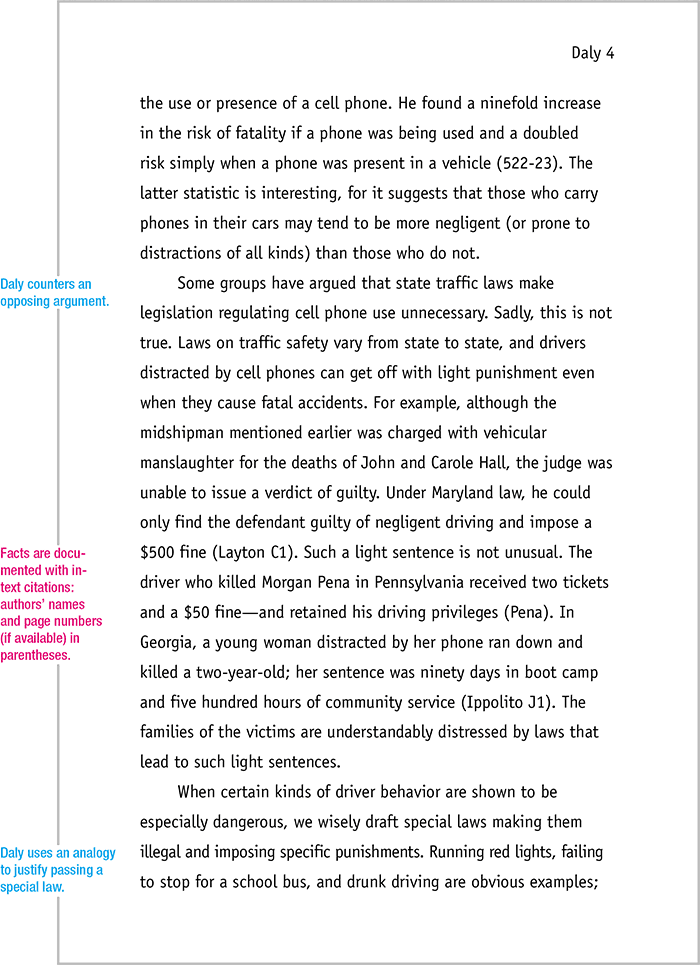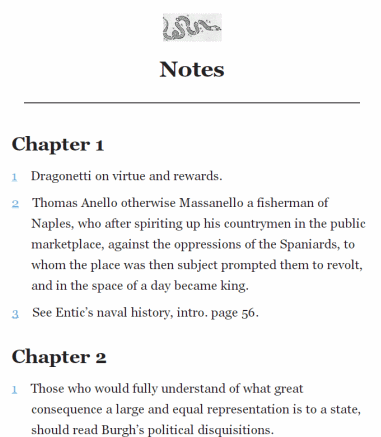

If you are using a date of revision rather than a date of publication, make that clear: “Last modified May 17, 2019”. Otherwise, look for a revision date many websites will make note of when they were last modified, edited, or revised. If the source you are citing has a clear publication date, use that as the source’s date, following standard guidelines. So, for instance, if the title of the page is "A Guide to Baking Apple Pies," "G" should be treated as the first letter for alphabetization purposes. Use the first letter of the first word in the title that is not an article (i.e., "a," "an," or "the") to determine the entry's alphabetical order in the bibliography. When a web page's author cannot be determined and there is no clear publishing organization, simply list the title first. You may also use the name of the publishing organization when the webpage has no listed author but is associated with some sort of corporation, association, or professional group.

If the content is published under a screen name, internet handle, or pseudonym, and the author’s real name is not available, use this in place of the author’s name. If a name is given, use the name as you would in any other source. The author of a piece of web content is often not immediately clear. If in doubt regarding whether to use roman or italics, roman is the safer choice. Furthermore, in cases such as this, when a website does not have a distinctive title, it can be cited based on the entity responsible for the website, for instance, CNN online. For example, when citing the website of the television news station CNN, the title maintains italics. There are, however, some exceptions: titles of blogs are set in italics and titles of books, journals, television shows, movies, and other types of works should be treated the same whether cited as a print version or an online version. should be written in roman with quotation marks. Sections of a website, such as a specific header, an individual page, a single blog entry, etc. Titles of websites should follow headline-style capitalization and are usually set in roman without quotation marks. This is a departure from previous editions of CMOS. For example, Wikipedia can be treated as a website, rather than as a conventional encyclopedia. The title of a website that is analogous to a traditionally printed work but does not have (and never had) a printed counterpart can be treated like titles of other websites. General Model for Citing Web Sources in Chicago Style Titles for Web Sources: These resources follow the seventeenth edition of The Chicago Manual of Style, which was issued in 2017. This section contains information on The Chicago Manual of Style method of document formatting and citation.


 0 kommentar(er)
0 kommentar(er)
